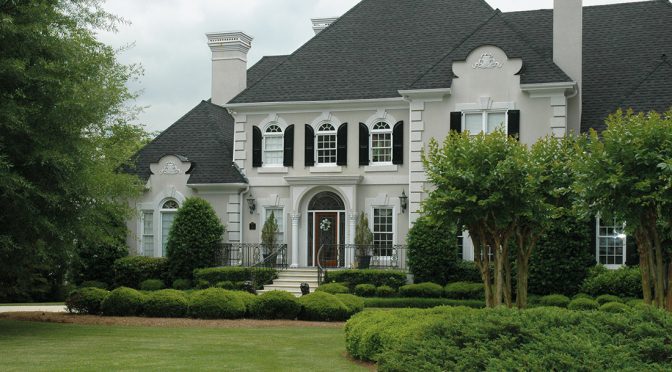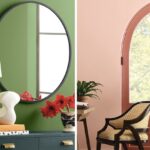So many colors – how do you help your customers choose? Cindy Bailen, a color consultant in Waban, Massachusetts, has this advice for selecting exterior paint colors.
1. Consider the neighborhood and style of home
First, look at the house as a whole. Use paint color to help it blend with its surrounding environment. Some communities enforce ordinances restricting exterior house colors, while other neighborhoods follow more informal codes. Example: A multicolored Victorian palette may look out of place in a conservative, gated community.
2. Play off existing colors
Consider the colors in your roof, masonry, doors and railings, because they’ll influence exterior color choice. Example: A terra cotta tile roof looks best with warm or neutral paint colors.
3. Make good use of accents
If the home or apartment building has shutters, moldings or other interesting architectural details, a darker or contrasting color will emphasize these elements and add further interest to the property.
4. Tie in with the landscaping
Consider how the exterior looks during all four seasons to determine which natural colors dominate. Example: If the home has a lot of trees and bushes, you may want to choose an earth tone exterior color to create a unified whole. On the other hand, if there’s a nearly year-round display of flowering plants in the front lawn, a more vibrant color for the exterior would help create a theme.
5. Strive for harmony between the exterior and interior
Just as it’s wise to coordinate the exterior with the surrounding environment, you should also consider the color of the first room guests will visit when entering the house. The interior color doesn’t have to match the exterior, but a similar tone will provide a smoother, more harmonious transition. The goal is to provide a pleasant transition from the outside of the home to the inside.
Find more color resources and ideas at the Sherwin-Williams contractor website.




